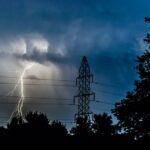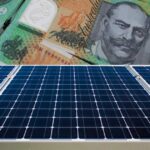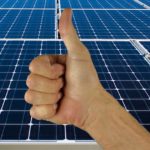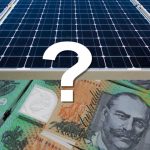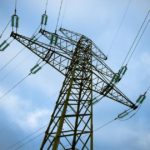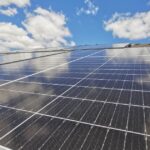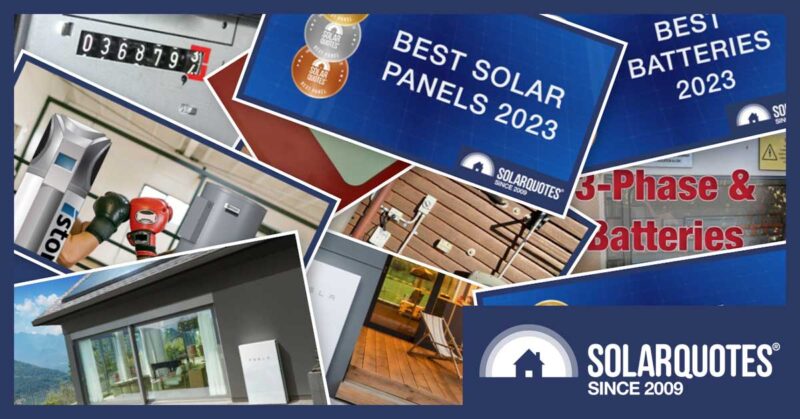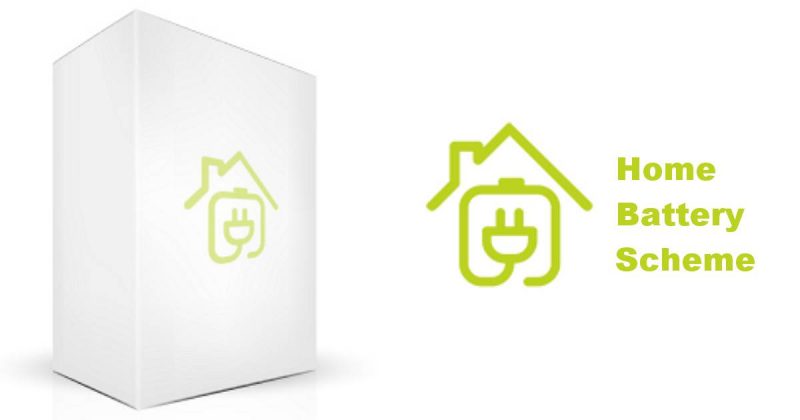SA Electricity Prices And Solar Feed In Tariffs: What’s Happening?


As electricity prices in South Australia and across the country increase; solar is on the minds of many. SolarQuotes founder Finn Peacock chatted with Sonya Feldhoff on ABC Radio Adelaide’s Afternoons program yesterday about the home solar power situation in SA.
The following is a summary of the major points covered.
Rebate Vs. Feed-In Tariff
There still seems to be some confusion out there regarding the difference between the solar rebate and feed-in tariffs; and they are completely different beasts as Finn explained.
- The “solar rebate” is a national scheme providing a point of sale discount on a solar power system purchase. It is gradually reducing each year, but is still very generous. Prices advertised for systems will include this rebate.
- A feed-in tariff is the payment a system owner receives for the surplus solar electricity they export to the mains grid.
Electricity Prices Up, Feed-In Tariffs Down
Households throughout South Australia are receiving notices from their electricity retailers about increases in daily and consumption charges. But some solar households are also being told they’ll receive less feed-in tariff from July 1. The price hikes and feed-in tariff reductions vary from retailer to retailer.
Increases in consumption charges have mainly been the result of major upwards pressure on wholesale electricity prices. Usually when wholesale prices go up; feed-in tariffs should follow suit – and this has been the case in some other states.
So, why isn’t this happening in South Australia?
“With the average wholesale price going up substantially in the last few weeks with the “energy crisis”, feed in tariffs in my opinion shouldn’t be going down – they should at least be staying where they are,” said Finn. “… the retailers would argue daytime electricity is getting less valuable as there’s so much solar. But we’re seeing them even getting pushed to supply daytime electricity at the moment.”
Maximising Solar Energy Self-Consumption
Even well before any new reductions in feed-in tariffs, it has been the case that the greatest value to be extracted from having solar panels is to maximise self-consumption of the electricity they generate.
“What we do find is, most people, 75% of their savings are from self-consumption if they are smart about how they use their energy,” says Finn. “So, if your electricity prices have gone up a lot, that should – everyone’s different – that should more than offset the reduction in feed-in tariffs.”
In terms of payback and using an example of an Adelaide solar owner published elsewhere who said his feed-in tariff would be reduced from 10c to 6c and consumption rate increased to 45c (daily charge increase unknown), payback for a 6.6kW system would be around 5 years. And that’s with just 17% self-consumption. You can run your own simple payback calculations using the SolarQuotes solar calculator – it’s very easy to use.
Virtual Power Plants
A very happy solar and battery owner called in, stating he has been making some extra cash from the current situation through participation in a Virtual Power Plant (VPP) that shares profits with him. He’s been getting up to $7 a kilowatt-hour for dumping some of his battery’s capacity into the grid when wholesale electricity prices are very high.
Finn points out payback on a 10kWh home battery is typically around 15 years at the moment (which is far longer than the warranties on most battery systems).
“That’s not including the payment you get from a Virtual Power Plant. And the reason I don’t include those is because it is impossible to predict what those will be.”
Finn said some VPP participants such as the caller are doing very well because of the situation with wholesale electricity prices.
“But that is an unusual situation, so you don’t want to extrapolate that to the rest of the year.”
The Bumpy Energy Road Ahead
Sonya asked Finn if he sees more opportunities for solar power given the situation and changing direction of the National Electricity Market.
“You’re always going to have these period when there’s no wind, and there’s almost no sun and then you’re going to have to rely on either a lot of storage or fossil generators at the moment.
We still need to build a lot more solar; we still need to build a lot more wind, and we need to build a hell of a lot more storage – and we’re going to have to have probably gas backup for quite a few years yet.”
You can listen to full discussion here – the segment starts at the 1:03.20 mark and runs for around 17 minutes.
Original Source: https://www.solarquotes.com.au/blog/sa-electricity-solar-tariffs-mb2526/



